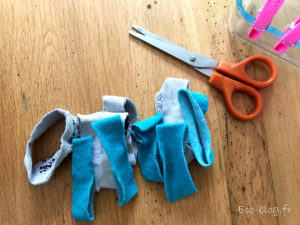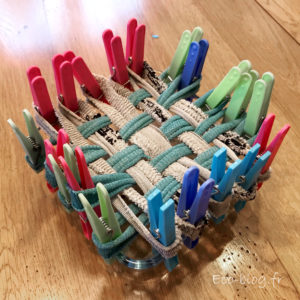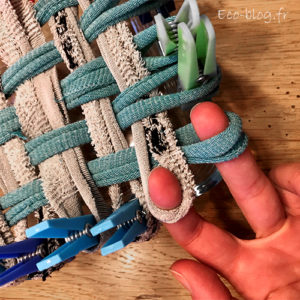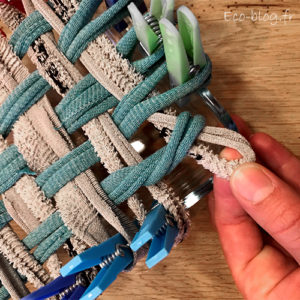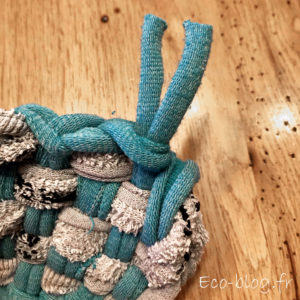Tawashi: we throw in the towel!
No no, this is not an insult, quite the contrary! And to be more precise, it’s not a question of “throwing away” your brand new sponge that is just asking to be used, but rather to do without it in the future. Why ? Because a large part of the sponges sold on the market is of synthetic origin, because these sponges are stuffed with polyurethane (plastic!), And also because we like to recycle, to make new with old, produce less waste and make with our own hands. Find out how to make your sponge ecologically and economically!
# 1 Origins of Tawashi
It comes from Japan, it is a dishcloth made from textiles (usually nylon, wool or knife) made with a crochet weaving technique. Its designer started from the idea that, in all fields, everyone should explore all the possibilities for recycling, reuse and recycling, with the aim of producing as little waste as possible. The Tawashi, which means “washing brush”, was born from an ecological and economic problem. The starting point is the desire to do the dishes without product, using a simple sponge.
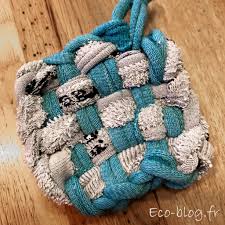
# 2 Recover, eco-friendly and zero waste
Machine washable, the Tawashi is hygienic, its lifespan is six times longer than that of a conventional sponge, and is just as effective, see more! As explained above, it came from the sustainable and eco-responsible thinking of a man who wanted to promote recycling and no longer use washing-up liquid. An ecological approach from A to Z! Combined with ecological or homemade household products, it is the zero waste, zero plastic and environmentally friendly ally.
# 3 DIY Tutorial
Plain or colored, large or small, cotton or wool … it’s up to you, make your Tawashi in a few minutes Choose a piece of used fabric: tapered tights, socks with holes, t-shirt sleeves, etc. Tip: the clothes that allow you to get “rings” are the most practical, but you can also make your Tawashi with an old cloth, a piece of fabric, a thick wool scrap etc. Be crazy! Mix materials and patterns for maximum customization.

Vary the number of nails (or pins) and strips according to the desired size.
You now know how to make a free, recycled, and eco-friendly sponge in minutes. To reproduce without moderation!
Need help? Watch the Kaizen magazine’s Do it yourself video tutorial.
Eco-blog, France


was used when creating this post
PROFILE
The eco-blog is published by Imprimerie Villière, an ecological printing company that goes beyond the scope of its activity to raise awareness among the general public.

